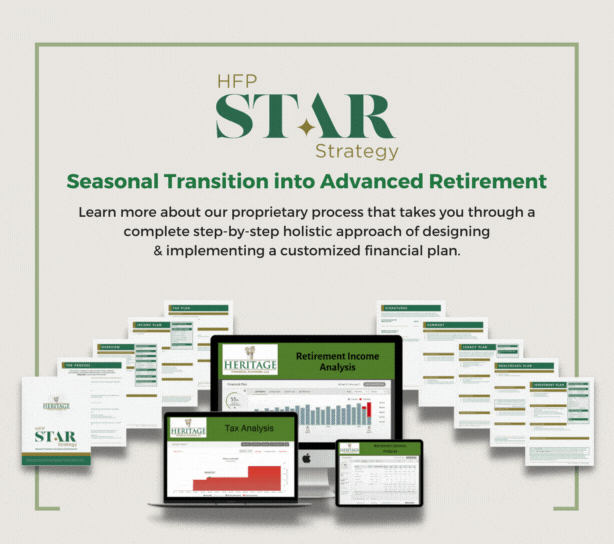An investor’s perspective now that the threat of a default has receded.
The debt ceiling and its implications have long been discussed amongst market watchers, and recent developments have reignited these debates. This past weekend saw a critical step forward as an agreement to suspend the debt ceiling until January 2025 was reached.
The positive market response was almost immediate, with the threat of a credit downgrade or default receding. However, as the dust settles, attention shifts to how interest rates might react as the Treasury resumes net issuance and replenishes its Treasury General Account (TGA).
Decoding the Debt Ceiling Drama
The debt ceiling crisis began when the U.S. reached its debt ceiling on January 19. Since then, the Treasury has depended on the TGA’s cash reserves and the application of “extraordinary measures” to fund its obligations. The lifting of the debt ceiling will see the Treasury replenishing these funds, most notably the government pension funds that were depleted to around $350 billion.
In addition to restoring these sources, the TGA will also be restocked. Having held a balance of approximately $640 billion over the past five years through 2022, the Treasury will aim to return this account to its typical levels. A Treasury estimate in early May projected that it would maintain a cash balance of $600 billion by the end of September, assuming the debt ceiling issues were resolved. In this scenario, the Treasury would also issue $733 billion in net marketable debt.
The Impact on Interest Rates
So, what does all of this mean for interest rates? There’s a general expectation that the increased T-bill issuance could exert mild upward pressure on short-term rates for a brief period. However, if we examine past debt ceiling resolutions, it’s clear that the Federal Reserve’s (Fed) prevailing monetary policy tends to have a more significant impact on yields than increased issuance.
For instance, when the Fed held rates near zero (2011, 2013, 2014), there was little change in yields. In contrast, yields rose during times of rate hikes or in anticipation of a hiking cycle (2015, 2017, 2018, 2021). Similarly, periods of rate cuts saw a decrease in yields (2019).
This suggests that while resolving the debt ceiling issue and subsequent actions by the Treasury might influence rates in the short term, the broader monetary policy landscape will have a more profound and lasting impact.
Looking Ahead
As the debt ceiling issue moves toward resolution, investors should keep a close eye on the actions of the Treasury and the Federal Reserve. While the suspension of the debt ceiling and the replenishment of the TGA and other funds might cause a brief spike in rates, the Fed’s longer-term actions will shape the interest rate landscape moving forward.
Investing in a current climate of uncertainty and complexity can be challenging, but the right strategy and guidance can open up some great opportunities for growth. Taking proactive steps to stay informed on market developments is the best way to protect your investments and make profitable decisions. Our HFP S.T.A.R. Strategy helps investors build a portfolio that addresses both their short-term goals and long-term objectives for success in this ever-changing landscape.
 Click here to learn more about our HFP STAR Strategy process.
Click here to learn more about our HFP STAR Strategy process.
We’re here to help ensure your financial future stays bright, regardless of the state of things or what may seem like insurmountable investor hurdles. Contact us today to learn how our unique HFP S.T.A.R. Strategy can give you insight, confidence, and control over your investments – forming a roadmap to positive growth now and into the future. Get your HFP S.T.A.R. Strategy now; schedule your appointment by contacting our office today.
Source: Copyright © 2023 FMeX. All rights reserved. Distributed by Financial Media Exchange.












